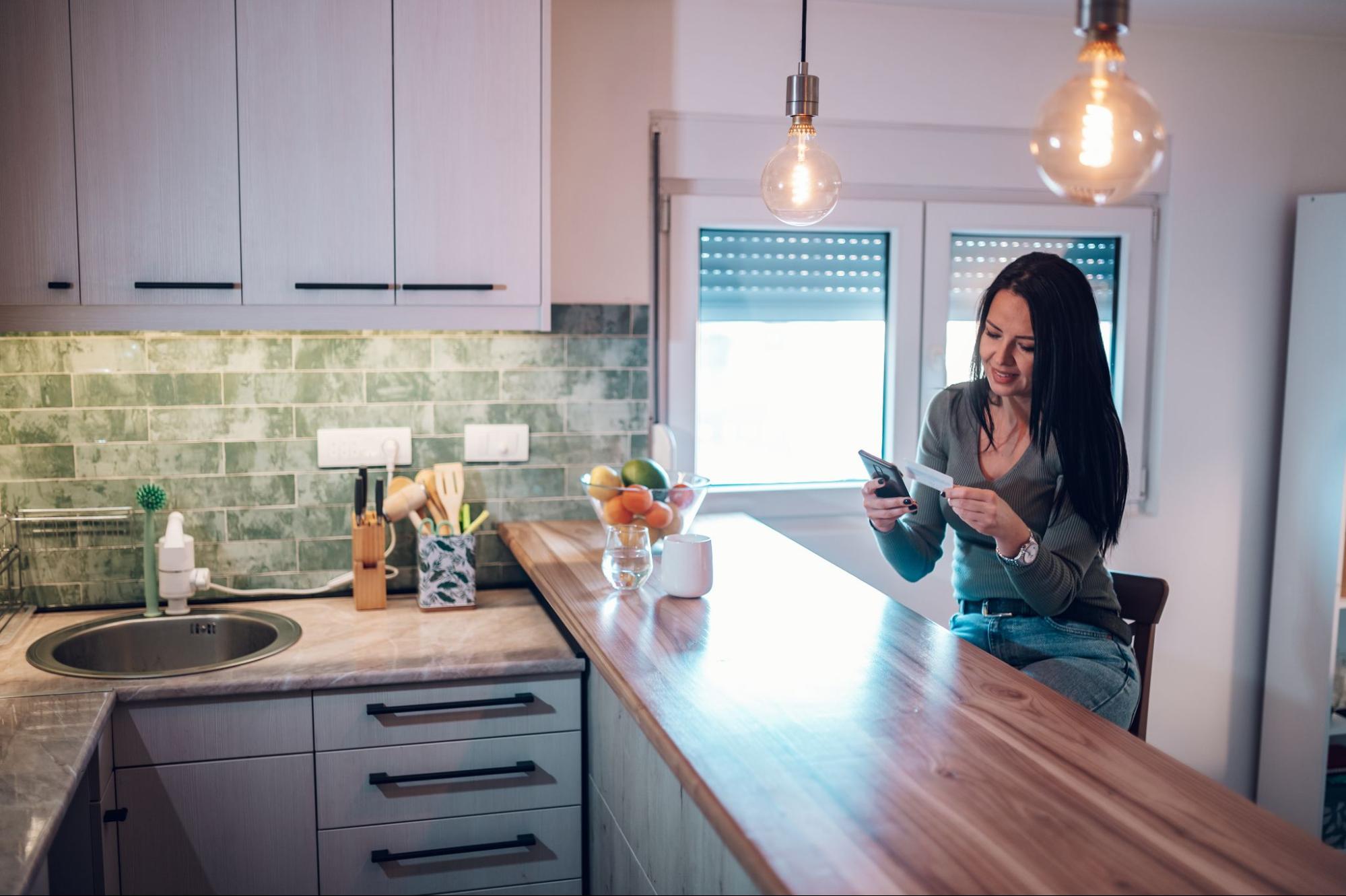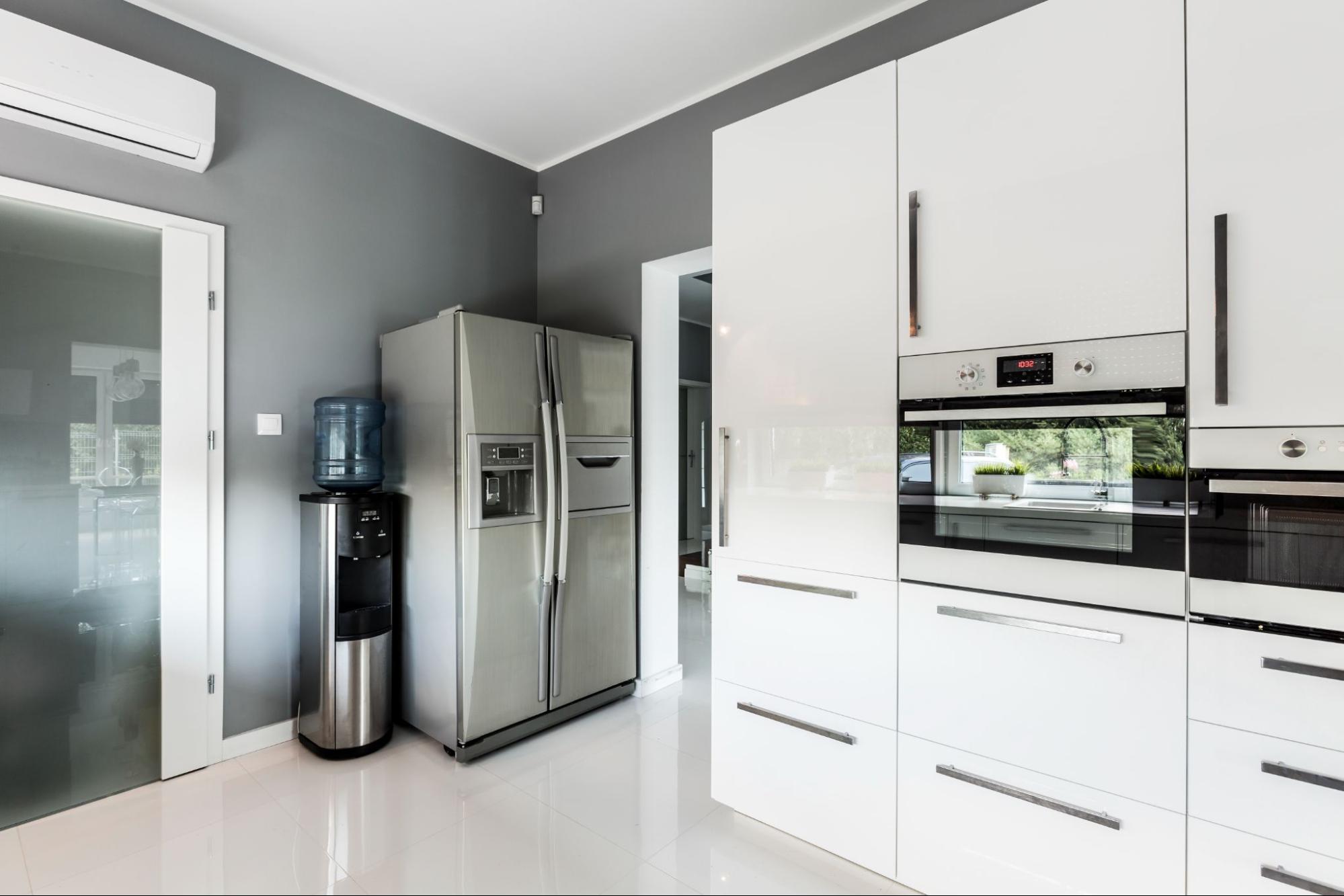
If you’re like most homeowners, you’re probably looking for ways to save money on your energy bills. Fortunately, you can use several handyman techniques to reduce your home energy bills without sacrificing comfort. From optimizing your heating and cooling systems to upgrading to energy-efficient appliances and fixtures, there are many steps you can take to make your home more energy-efficient.
Optimizing your heating and cooling systems is one of the most effective ways to reduce your energy bills. Sealing air leaks, adding insulation, and upgrading to a programmable thermostat can keep your home comfortable while reducing energy consumption.
Upgrading to energy-efficient appliances and fixtures can help you save money on your energy bills. For example, replacing your old incandescent bulbs with LED bulbs can save up to 75% of your lighting costs.
This article will explore the most effective handyman techniques for reducing home energy bills. Whether you want to save money, reduce your carbon footprint, or make your home more comfortable, these tips can help you achieve your goals. So let’s get started!

Reducing your home’s heating and cooling costs is a great way to save money on energy bills. This section will explore a few handyman techniques for optimizing heating and cooling systems.
A smart thermostat can help you save money on your energy bills by automatically adjusting your home’s temperature based on your schedule and preferences. With a smart thermostat, you can turn your heating and cooling systems off when you’re away from home and turn them on before you return.
Sealing air leaks and insulating your home can help prevent drafts and keep your heating and cooling systems from working overtime. Check for air leaks around windows, doors, and other openings, and seal them with weather stripping or caulking. Insulate your attic, walls, and floors to help keep your home warm in the winter and cool in the summer.
Regular maintenance of your heating and cooling systems can help ensure they run efficiently and effectively. Change your furnace filter regularly to improve airflow and prevent dust and dirt from clogging your system. Schedule an HVAC professional to perform an energy audit of your home to identify any inefficiencies in your heating and cooling systems.
By implementing these handyman techniques, you can optimize your heating and cooling systems and reduce your home’s energy bills.

Reducing your home energy bills is an excellent way to save money and help the environment. One of the best ways to achieve this is using energy-efficient appliances and fixtures. In this section, we’ll discuss some of the most effective techniques you can use to reduce your energy consumption.
When shopping for new appliances, look for the Energy Star label. Energy Star products are designed to use less energy than traditional appliances, which can help you save money on your energy bills.
Some of the most common Energy Star products include refrigerators, dishwashers, washing machines, and dryers. These appliances are designed to use less water and electricity, which can significantly reduce your energy bills.
Water heating is one of the most significant energy expenses in most homes. Consider installing a low-flow showerhead and a low-flow toilet to reduce water heating costs. These fixtures are designed to use less water than traditional fixtures, so you’ll use less hot water.
You can also consider installing an energy-efficient water heater, such as a tankless or heat pump water heater. These appliances are designed to use less energy than traditional water heaters, so you’ll save money on energy bills.
Lighting is another significant energy expense in most homes. To reduce your lighting costs, consider switching to LED bulbs. LED bulbs use less energy than traditional incandescent bulbs, which means you’ll save money on your energy bills.
You can also consider installing a smart power strip, which can help you reduce your energy consumption by automatically turning off electronics when they’re not in use. Finally, consider installing ceiling fans, which can help you reduce your cooling costs in the summer by circulating air throughout your home.
Using energy-efficient appliances and fixtures is an excellent way to reduce your home energy bills. You can also significantly reduce your energy consumption by choosing Energy Star products, improving water heating efficiency, and using LED bulbs and smart power strips.
Reducing your home energy bills is a great way to save money and help the environment. You can significantly reduce your energy consumption by implementing handyman techniques and making a few changes around your home.
One of the most effective ways to save on energy bills is by sealing gaps and cracks around your home. According to reports, sealing gaps and cracks can reduce heating and cooling costs by an average of 15%. Weatherstripping, caulk, or foam can seal gaps around your home’s windows, doors, and other areas.
Another way to reduce energy consumption is to upgrade to energy-efficient appliances. Energy Star-rated products are super efficient and can save you a lot of money on your utility bills.
Proper insulation is also crucial for reducing energy bills. You can avoid wasting energy by keeping a consistently comfortable temperature in your home from top to bottom. Adding or upgrading insulation in attics, floors over crawl spaces, and basements can help maintain a comfortable home and reduce energy consumption.
In summary, reducing your home energy bills is achievable by implementing some handyman techniques. Sealing gaps and cracks, upgrading to energy-efficient appliances, and adding proper insulation are just a few ways to reduce energy consumption and save money. For professional home insulation, contact Kaminskiy Care and Repair.
Effective insulation techniques include using weatherstripping, caulking, and sealing air leaks around windows, doors, and other openings. Adding insulation to your attic, walls, and floors can also help reduce heat loss and gain. Insulating your water heater and pipes can reduce heat loss and save energy.
Energy-efficient appliances such as refrigerators, dishwashers, washing machines, and dryers can significantly reduce power consumption. Look for appliances with ENERGY STAR® ratings, which indicate that they meet strict energy efficiency guidelines set by the U.S. Environmental Protection Agency.
Weatherproofing doors and windows helps prevent air leaks, accounting for up to 30% of a home’s energy loss. By sealing these leaks, you can reduce the amount of heated or cooled air that escapes your home, leading to significant energy savings.
LED lighting is the most energy-efficient lighting option and can offer significant savings on home energy expenses. LED bulbs use up to 75% less energy than traditional incandescent bulbs and last up to 25 times longer. Additionally, using natural light sources like skylights and windows can help reduce the need for artificial lighting and save energy.